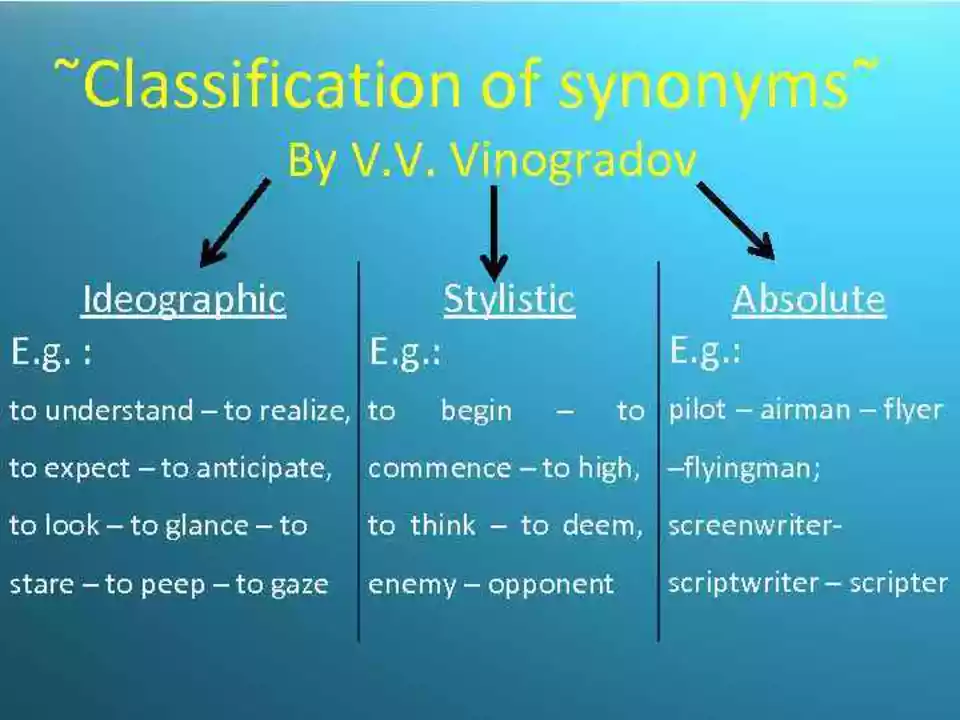What Is a Definition and Why It Matters
Ever stumbled on a word and wished someone just told you what it meant? That’s a definition in action. A definition tells you the exact meaning of a word, phrase, or concept in plain language. It’s the shortcut that saves time, avoids confusion, and helps people communicate clearly. In tech, business, or everyday life, a good definition can be the difference between understanding and guessing.
Key Parts of a Strong Definition
A solid definition usually has three pieces: the term, a short description, and distinguishing details. The term is the word you’re defining. The short description gives the core idea in a sentence or two. Distinguishing details point out what makes the term unique—what sets it apart from similar ideas. Keep it brief, avoid jargon, and stay focused on the core meaning.
Steps to Write an Effective Definition
1. Identify the audience. Ask yourself who will read it. A tech developer needs more specifics than a casual shopper.
2. Start with the term. Use the exact word or phrase, then add a colon or dash.
3. Give the core meaning. Summarize the main idea in one clear sentence.
4. Add distinguishing traits. Mention what makes it different from related terms.
5. Check for simplicity. Replace complex words with everyday language. If a reader could explain it to a friend, you’ve nailed it.
For example, a definition of "cloud computing" could be: "Cloud computing – delivering computing services like storage and software over the internet, so users can access them from anywhere without owning physical servers." The term is clear, the core idea is described, and the unique aspect (delivered over the internet) is highlighted.
Another tip: avoid circular definitions. Saying "a laptop is a portable laptop" doesn’t help. Instead, focus on what a laptop does—"a laptop is a portable computer that runs a full operating system and lets you work on the go."
When you write definitions for tech articles, sprinkle in real‑world examples. Readers love seeing how a concept works in practice. If you’re defining "API," you might add, "For example, a weather app uses an API to request current temperature data from a weather service." This bridges theory and use.
Finally, test your definition. Share it with someone unfamiliar with the term. If they can repeat the meaning back correctly, you’ve succeeded. If not, trim extra words or clarify the distinguishing details.
In short, a definition is a tool for clear communication. By following a simple structure—term, core meaning, distinguishing details—you can craft definitions that anyone can grasp. Whether you’re writing a blog post, a product spec, or a quick email, a well‑written definition saves time and builds trust.
What is the synonym of 'flighty'?
In my recent search for synonyms, I came across the word 'flighty' and found it quite interesting. As it turns out, 'flighty' is often used to describe someone who is easily distracted or changeable in their thoughts and actions. Some synonyms for 'flighty' that I discovered include capricious, fickle, and skittish. These words all convey a similar meaning of being unreliable or whimsical in nature. I find it fascinating how language can offer us so many different ways to express the same idea!
READ MORE